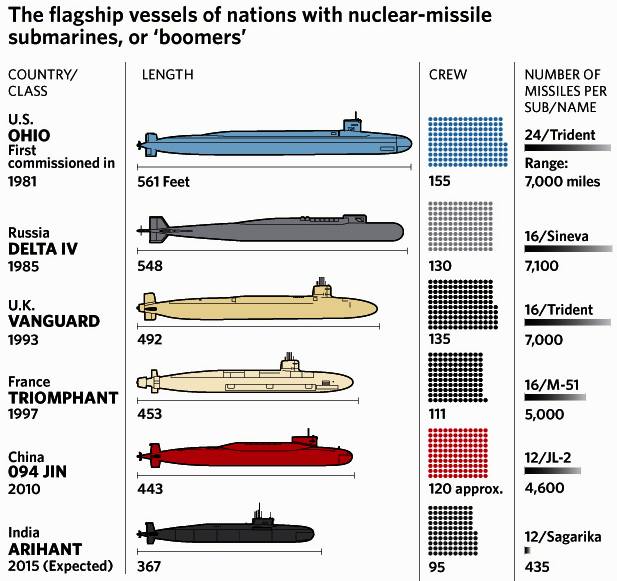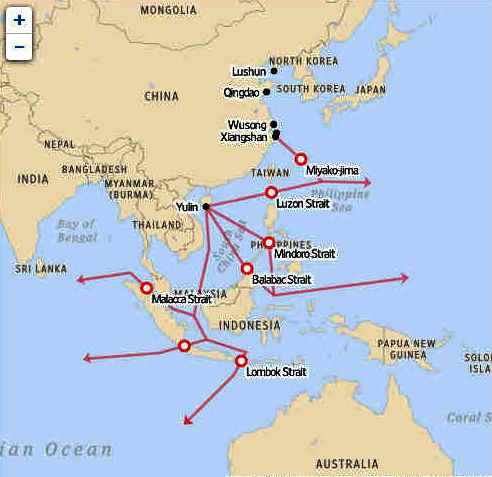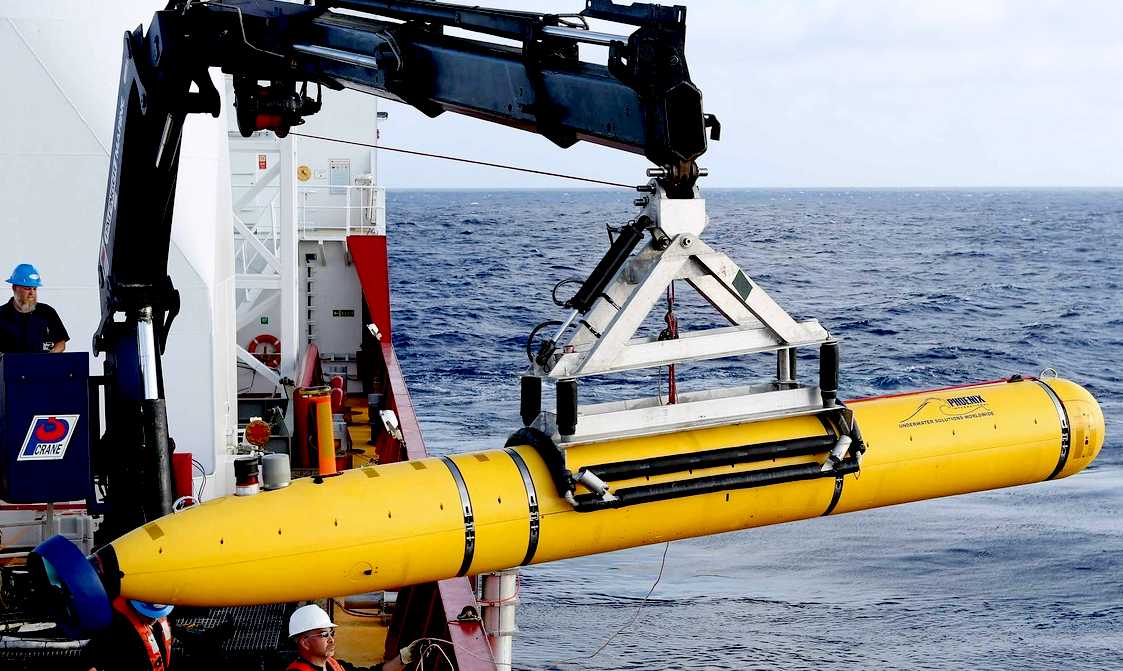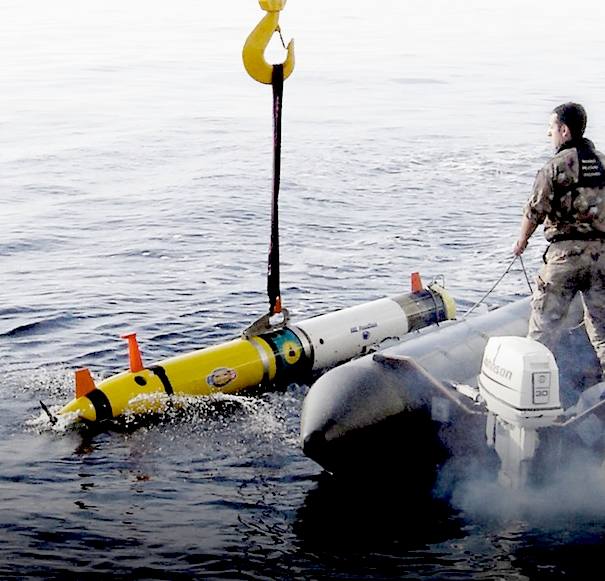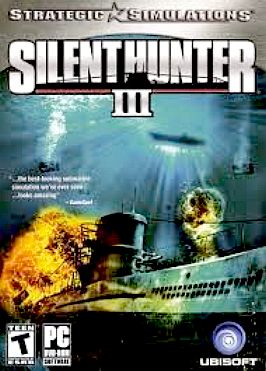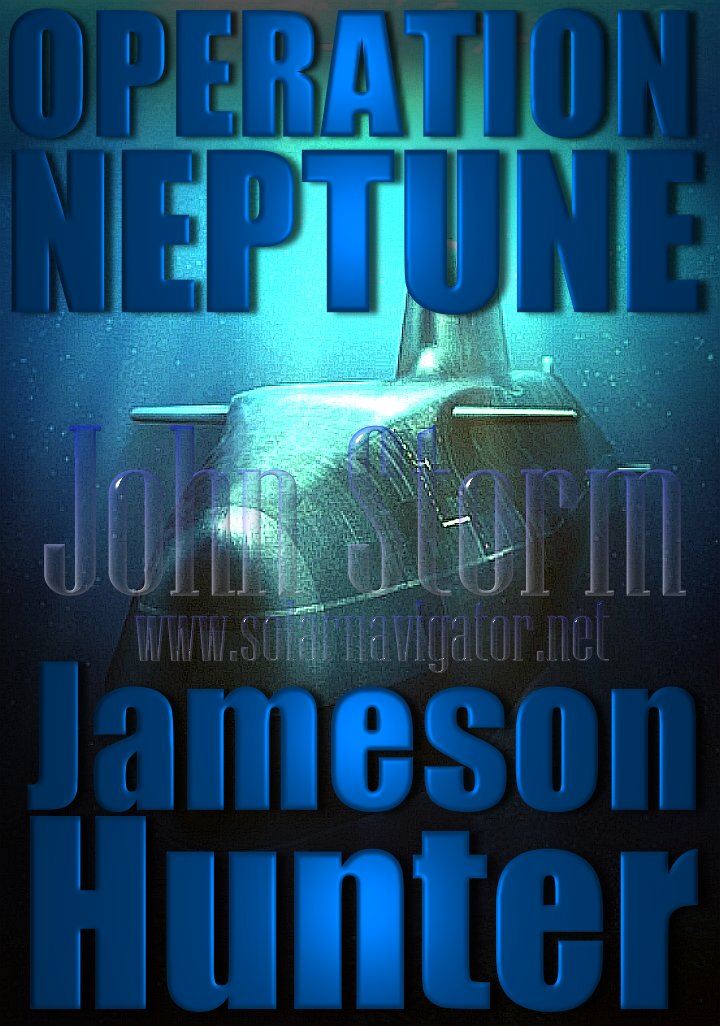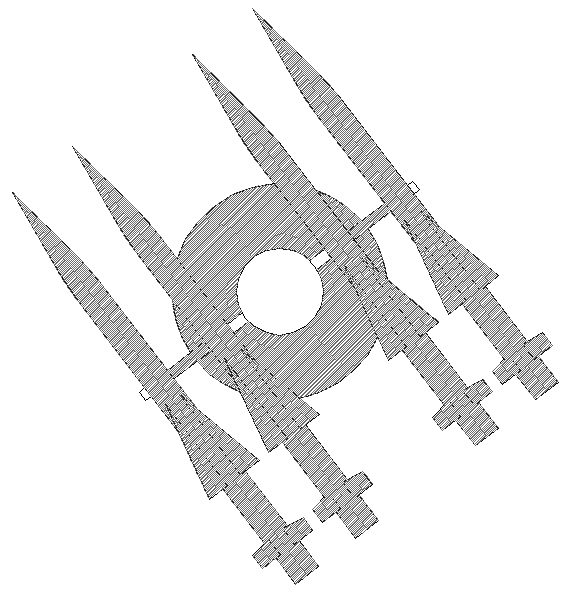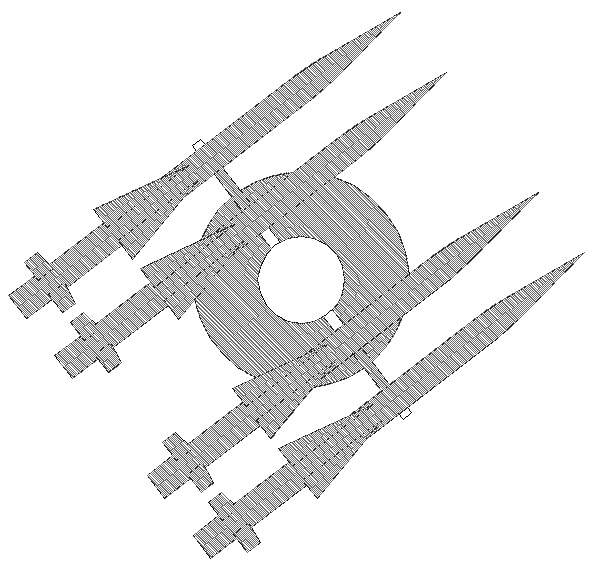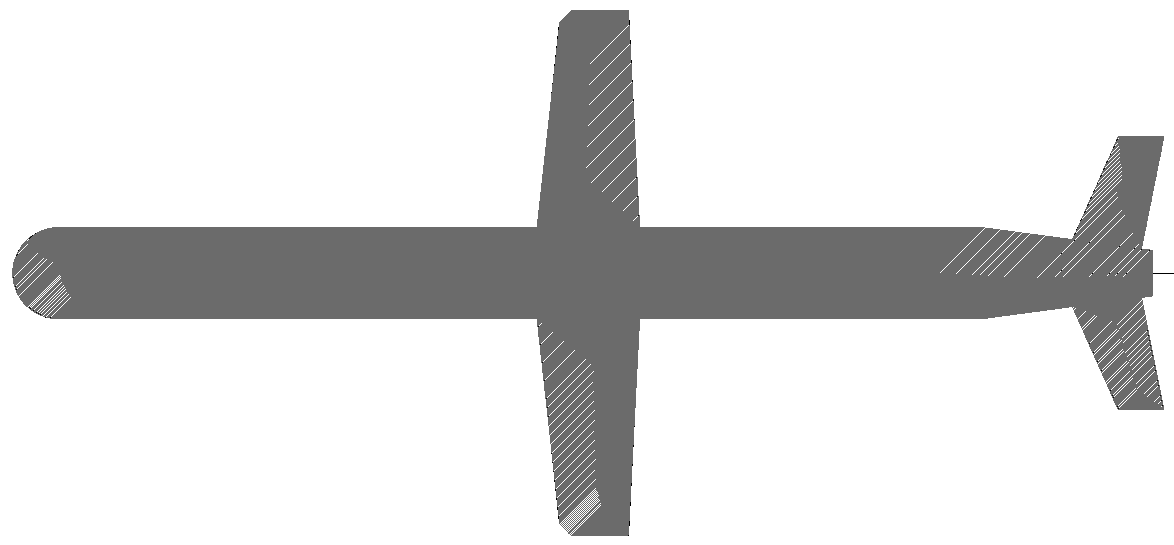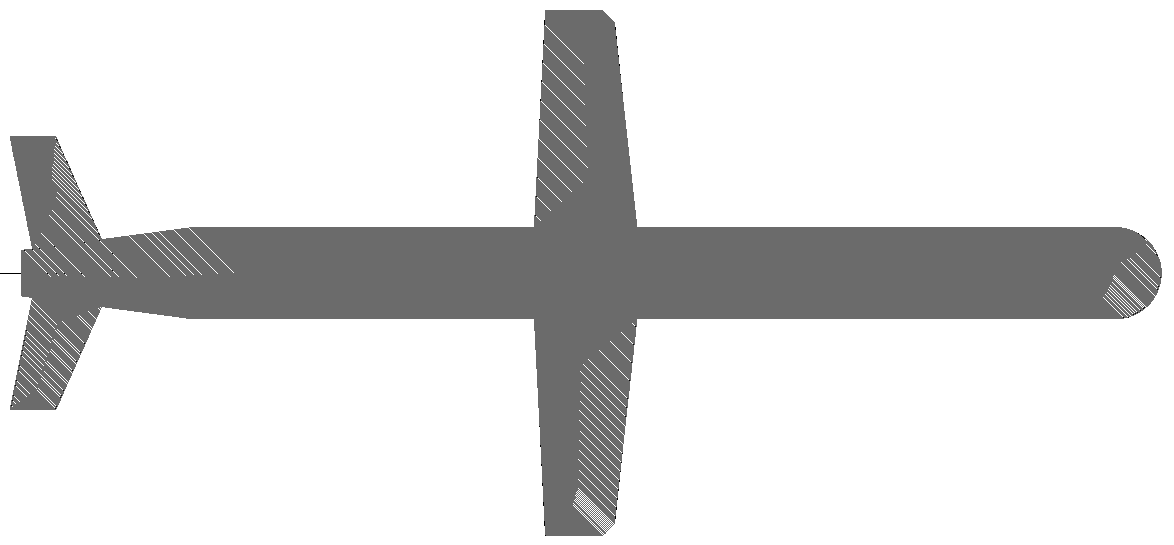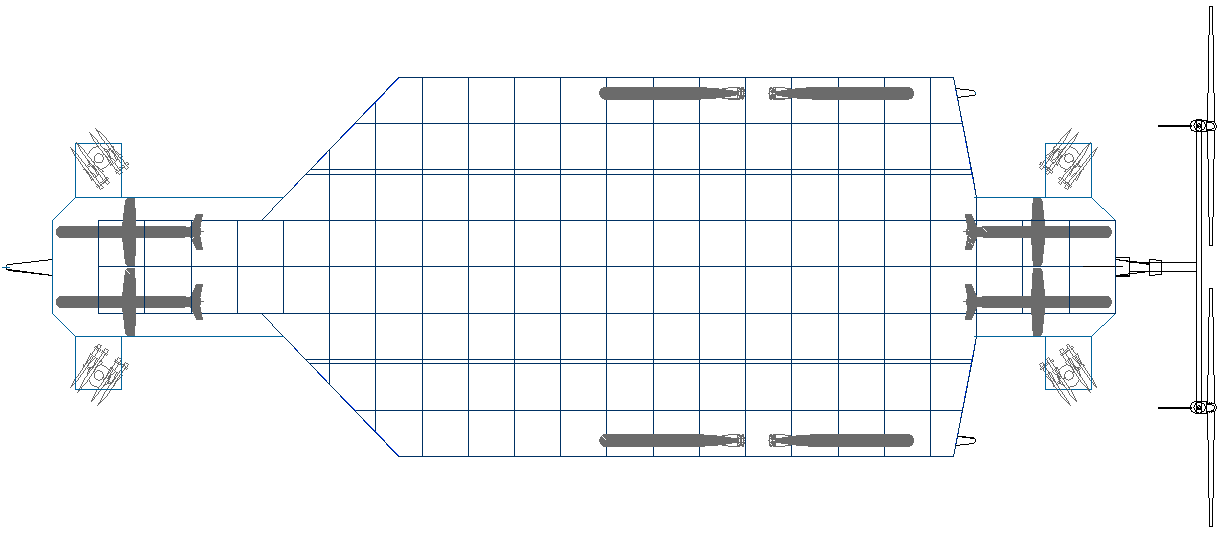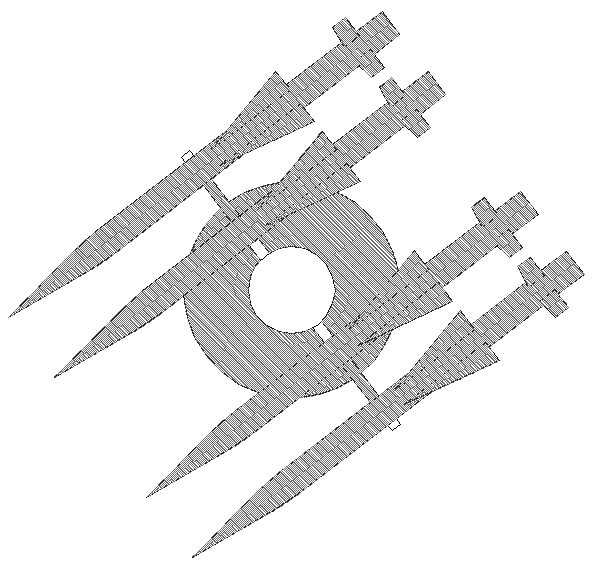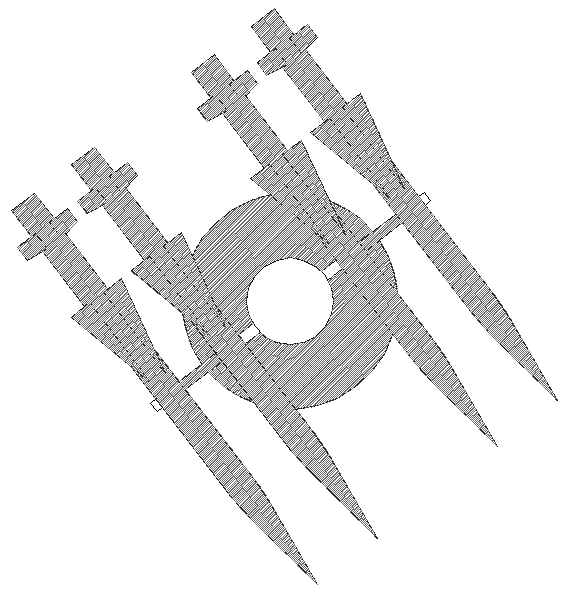|
SUBMARINE HUNTER-KILLERS - SEANET™ HK DRONE TACTICS
|
|||||||||||||||||||||||||||||||||||||||||||||||||||||||||||||||||||||||||||||||||||||||||||||||||||||||||||||||||||||||||||||||||||||||||||||||||||||||||||||||||||||||||||||||||||||||||||||||||||||||||||||||||||||||||||||||||||||||||||||||||||||||||||||||||||||||||||||||||||||||||||||||||||||||||||||||||||||||||||||||||||||||||||||||||||||||||||||||||||||||||||||||||||||||||||||||||||||||||||||||||||||||||||||||||||||||||||||||||||||||||||||||||||||||||||||||||||||||||||||||||||||||||||||||||||||||||||||||||||||||||||||||||||||||||||||||||||||||||||||||||||||||||||||||||||||||||||||||||||||||||||||||||||||||||||||||||||||||||||||||||||||||||||||||||||||||||||||||||||||||||||||||||||||||||||||||||||||||||||||||||||||||||||||||||||||||||||||||||||||||||||||||||||||||||||||||||||||||||||||||||||||||||||||||||||||||||||||||||||||||||||||||||||||||||||||||||||||||||||||||||||||||||||||||||||||||||||||||||||||||||||||||||||||||||||||||||||||||||||||||||||||||||||||||||||||||||||||||||||||||
|
China officially unveiled its nuclear undersea forces in October 2013 in an unprecedented open day for domestic media at a nuclear-sub base. Its capabilities aren’t close to those of the U.S. Navy, which has 14 boomers and 55 nuclear attack subs. Rich picking indeed for SkyNet drones, whoever picks up the development tab and launches anti-sub drones first - will win this game of battleships for sure. Overnight the US could lose its 69 submarines, the same for China, assuming they decide to continue competing conventionally.
STATE OF THE ART - WORLD WAR III
Drone submarine hunters are nothing new. DARPA has been shelling out contracts for such machines for some time. Other navies have been using unmanned boats for target practice for years and limited duration UUVs for mine hunting. The skies are littered with drones that are armed to the teeth, at present flying for the most part in uncontested airspace. There are also manned aircraft that are sold for submarine hunting and naval mine disposal.
As with any war, it is vital to control enemy supply lines. If you manage to sink their shipping, both naval and merchant fleets, you will bring their economy to its knees and destroy their ability (and will) to fight. That is why the super powers keep building such huge battleships in large numbers, so that they control the high seas, or at least give the illusion of controlling the high seas.
As you might work out from this illustration, if the US has 69 large submarines, and almost every other country is launching steel fish as fast as they can make them, there must be close on 1,000 submarines operating in the oceans of the world at any one time. Such numbers call for an economical solution, if they are to be tracked persistently in times of peace, in readiness for times of war. With such numbers, computers offer the only real solution, that is computers and a decent program to make sense of all that data.
SEANET™
A fleet of destroyers out to detect and sink an enemy submarine has a far greater chance of success than one ship working in lone fashion. The same principle applies to a fleet of drones, except that if working in unmanned mode, the drones may be far more effective when working together to execute a coordinated chase that increases the chances of cornering an enemy vessel, over a fleet of destroyers operating with a human crew onboard, by the simple fact that an onboard (AI) computer program giving instructions to the vessels may also work with other vessels to close the gaps that a submarine might seek to use, taking instant action against incoming data, where a human commander would take considerably more time to assimilate incoming data from screens, etc, and then issue orders - even then assuming that all of the convoy's captains were singing from the same hymn sheet.
The sequence below illustrates how such a system might work.
SEANET™ EXAMPLE 1 - A nuclear submarine is cruising west trying to avoid detection by a SeaWolf pack of marine drones that is also on persistent patrol in regular formation heading south. The unfortunate submarine and her crew are inevitably located using advanced anti-submarine sensors, whereupon the wolf pack typically monitor the sub's course in times of peace, passing that information between drones and back to GHQ, but continue their patrol south, until it is time to change tack.
In times of war, the wolf pack will close on the submarine until within easy range to be able to sink the vessel - as per the examples below. The duration of a nuclear submarine is measured by the food on board. When it runs out, either the crew will starve, or need to head to a port for provisioning. The crew is thus the weakest link for any modern navy, making unmanned warships a very attractive proposition. The submarine commander has the choice of starving or surfacing to try and destroy the surface drones.
SEANET™ 2- Once inside the net, the nuclear submarine captain realizes that they have been spotted. He will also figure out that a drone Micro Battleship (see the foot of this page) has so much firepower that he has little chance of sinking one of them, let alone a Wolf Pack. He will thus seek to evade capture, or sinking. Meantime the drone ASVs alter course and speed working both independently and together to close the distance. Note that the predicted zone moves ahead of the submarine. Commanders typically dive deep once discovered to increase range to target and signal clutter - but they cannot go deep enough to stop torpedo strikes.
SEANET™ 3 - The submarine captain changes course, diving down deep, which is countered by the drones also changing direction, all the while closing the gap. The sub cannot escape the net using its greater speed. It has to seek to avoid capture tactically - and the torpedoes that can reach them at any depth.
SEANET™ 4 - In this scenario the submarine captain desperately heads back out of the net, going to full speed, when this is an advantage. The drones can also sprint, but would not do so at this stage until a torpedo might be in range to fire. The computer controlled tactical command and control system outperforms human decision making ability many thousands of times over. Other surface drones are called in just in case a wider SeaNet is needed.
SEANET™ 5 - The drone ASVs will soon be within torpedo range. They have been within missile range from the word go. This is an example using four drones in a small patch of the ocean. In practice, the naval force deploying SeaWolf and SeaNet drones, will have certain strategic channels, or choke points, that a wider network of HKs will be patrolling. Thus, making the use of nuclear submarines untenable. Save only for hiding in the remotest regions of the world as an offshore retaliatory strike threat. Even then, a submarine will eventually need return to base for food, once again with the crew being the weakest link. The crew will know this and it will not be long before they start to panic - and that panic, at each meal time is sure to have and effect on the subs commander.
SEANET™ 6 - Finally, the submarine is within torpedo range of the drones and please note that the oceans are a vast expanse and these examples are not drawn to scale. The drone in the south-east quadrant fires two heavyweight torpedoes, with the drone covering the north-east quadrant ready to engage should the submarine crew get lucky - and the south and north-west drones closing in as well. RIP Submarines are well equipped with countermeasures and can make a fight of it. Especially, the next generation that is planned to try to take on the inevitable drone armies. But, it is simple maths. It's $billions, versus $millions. The overwhelming numbers of drones that will eventually seek to engage the target submarine will wear the captain and crew down on any submarine planned for the future, robotically, methodically and physically. In the end the submarine commander might well have surfaced to at least attempt to take a couple of the drone destroyers down - to go down fighting. Faced with certain death, many crew would rather that than go down all hands like lambs to the slaughter. This is a game of technology chess, in which technology will always come out on top, not brute strength.
THE ENERGY SUPPLY CHAIN
The difference between drones at sea and drones in the air is:
1. The level of persistence. 2. The operational cost.
Drones in the air need to be refueled or they will crash. They thus have a limited range compared to a network of drones at sea that do not need to refuel - because they are powered by energy harvested from nature. At this time BMS is the first marine development company to suggest a format of vehicle that makes such operations possible.
Drones in the air are labour intensive at the moment, though Northrop Grumman are working on that, the refueling process needs men and support vehicles that will be manned. Unless of course drone aircraft carriers are developed that are capable of refueling drone aircraft. Even so, the limited range of continuous surveillance operations is a huge disadvantage and once the supply ships run out of aviation fuel, that is that. Until fresh supplies arrive. Conventional warfare is thus dependent on oil. It follows that in the next World War, oil wells and offshore platforms will be first strike targets. Simultaneous strike targets will be nuclear powered vessels and power stations.
CHINA'S CHOKE POINTS - In December 2013, China’s defense ministry summoned military attachés from several embassies to its monolithic Beijing headquarters. To the foreigners’ surprise, the Chinese said that one of their nuclear-powered submarines would soon pass through the Strait of Malacca, a passage between Malaysia and Indonesia that carries much of world trade, say people briefed on the meeting.
NAVIGATION, COMMAND and CONTROL COMMUNICATIONS
GPS relies on satellites from various nations: UK, Europe, USA, etc. The first thing that will happen in the next world war scenario, is that the military will block all GPS usage. Indeed, as a first strike precaution, satellites will be a prime target. They will have to be knocked out.
That means of course, that SkyNet must be independent enough to still be able to communicate with naval drones and the drones with GHQ. Navigation must then go back a step, or forward if you prefer, to a stage where GPS is not relied on as the main navigation tool.
How then to operate SkyNet? And, how do you knock out the other side's satellites? The answer to those question, we are afraid, is classified.
WRITING
ON THE STREET WALL - 24
OCTOBER 2014 - SINGAPORE
A Bluefin 21 being launched. It would not be practical to keep launching and recovering a fleet of battery operated UUVs, where the cost of the support ships and crew would make a persistent effort prohibitively expensive. The solution is to use energy harvested directly from nature, for drones that not only monitor their ocean patch continuously, but may also fire weapons that can take out a submarine, if that is the agenda. In the words of Jimmy Connor: "You cannot be serious."
At the same time, those officers say, the
U.S. Navy is exploring ways to tap data from sensors used by other countries in the region, especially around chokepoints that Chinese subs must pass to reach the Pacific and Indian Oceans.
Using the Naval Science and Technology Strategic Plan as its guide, the
US Navy's Office of Naval Research (ONR) fosters, plans, facilitates and transitions scientific research in recognition of its paramount importance to enable future naval power and the preservation of national security.
This is good news if the Navy is to avoid the need to launch and recover
hundreds of UUVs such as the Bluefin21 above - on a routine basis.
Singapore has made significant advances in underwater acoustics in recent years, developing a system called UNET that monitors undersea activity off Singapore using a network of seabed sensors, undersea drones and surface nodes that relay data over a
mobile-phone network.
This amusing Youtube video illustrates how well unmanned vehicles can work in concert. Imagine the keyboard and percussion instruments as military targets - and there is not a lot of difference between this demonstration and that given above, except that the keyboard is not a moving target.
LINKS & REFERENCE
EV world submarine drone launch Spectrum IEEE military robots navy launches drone from submarine Office Naval Research Contracts Grants Funding Opportunities http://www.onr.navy.mil/contracts-grants.aspx ONR US Navy Contracts-manage-grant http://www.onr.navy.mil/Contracts-Grants/submit-proposal.aspx http://www.onr.navy.mil/en/Contracts-Grants/Funding-Opportunities.aspx http://www.onr.navy.mil/contracts-grants.aspx http://www.onr.navy.mil/Contracts-Grants/manage-grant.aspx http://www.lockheedmartin.com/ http://www.lockheedmartin.co.uk/ http://www.navy.com/ http://www.navy.mil/ FBO Federal Business Opportunities - Military Missions Tactical Technology Office TTO National Defense Magazine Sailor-Less Ships Soon Could Be a Reality in US Navy Daily Mail HMS-Talent-Five-days-aboard-Britains-silent-warriors DARPA Anti-Submarine_Warfare_ASW_Continuous_Trail_Unmanned_Vessel_ACTUV The Atlantic 2014 The-navys-future-fleet-of-swarming-boat-drones Wall Street Journal underwater-drones-join-microphones-to-listen-for-chinese-nuclear-submarines http://www.theatlantic.com/technology/archive/2014/10/the-navys-future-fleet-of-swarming-boat-drones/381128/ http://www.theengineer.co.uk/in-depth/robotic-submarines-make-waves-in-the-oil-and-gas-sector/1018396.article http://www.darpa.mil/default.aspx http://www.rediff.com/news/report/slide-show-1-navys-new-submarine-hunter-ineffective/20140127.htm
SUBMARINE INDEX
Alvin DSV - Woods Hole Oceanographic Institution Deepsea Challenger - Mariana Trench, James Cameron 2012 HMS Astute 1st of Class HMS Vanguard- Trident INS Sindhurakshak - explosion & sinking Littoral combat vessels Lusitania - Torpedo attack Nuclear submarines lost at sea Predator - Covert submarine hunter/killer Seawolf - Autonomous wolf pack deployment of Predator mini-subs Torpedoes - UUV anti submarine weapons Trieste - World record depth - Mariana Trench 1960 U Boats - WWI and WWII German submarines U20 - Kapitan Leutnant Walther Schwieger USS Bluefish WWI submarine USS Bluefish - Nuclear submarine USS Jimmy Carter - Seawolf class fast attack nuclear submarine USS Nautilus - 1st nuclear submarine & subsea north pole passage USS Scorpion - Lost at sea with all hands
AIRCRAFT CARRIER INDEX
Cavour - Italy Chakri Naruebet - Thailand Clemenceau - France Dokdo - Republic Korea Gerald Ford Class - USA Hyuga - Japan Invincible - UK Kuznetsov - Russia Liaoning - China Nimitz - USA Principe de Asturias - Spain Queen Elizabeth - UK Vikrant Class - India
WARSHIPS
Bismarck - Battleship - Germany Type 23 - Duke class frigate - UK Type 26 - Global combat ship - UK Type 45 - Daring class destroyer - UK Electric prototype - USA
BLUEFISH DEVELOPMENT PROJECT INDEX A-Z
SEANET™ DRONE - PLEASE NOTE THAT THIS PROJECT IS FOR WARGAMING PURPOSES ONLY AND IS NOT INTENDED AND MAY NOT BE USED BY ANY MILITARY FOR ANY WARLIKE PURPOSE.
A hammerhead Scorpion HK combat warship - fitted with 4 x SAM turrets (one per quadrant with independent targeting), for 360 degree multiple cover. Each SAM turret carries 8 missiles (Rapier example), giving a battery of 32 rockets to fend off enemy aircraft. This micro battleship is also shown here with 4 Tomahawk cruise missiles in protected bays, fore and aft, and 4 x 21" MK48 torpedoes in the outriggers - all drawn to scale - as a prelude to proof of concept. The torpedoes and cruise missiles would not be visible, but we've shown them in x-ray. The OAL of this clever design is 52.7m or 171 feet. She is designed to cruise all day and night at 7-10 knots using only energy from nature - and sprint up to 25knots (depending on specification) in attack mode. This original concept vessel is design copyright © BMS Ltd 2014. The technology is also patent applied for.
The weapons are here shown as as exploded view, in their approximate battle ready positions, to give a better idea of the seriousness of the firepower that can be packed into one compact warship. With no need of crew quarters, galley, helm and heads, no space is wasted.
If the plan is to overwhelm an enemy's carrier strike force, this is the vessel to do it. A fleet of 5 or more robots operating in SeaNet fashion will present an unacceptable threat of annihilation to any small group of warships foolish enough to enter sovereign waters. Quite literally, they will be blown away - and the Scorpion HKs are disposable items, with no risk of losing human life. It's Kamikaze role reversal - with an encroaching enemy sure to die trying. At choke points or in times of war a strike force of 10-20 Scorpion HKs could take on and destroy a conventional naval fleet, sending the aggressor home with their tails between their legs.
The whole idea of regular SeaNet patrols is that the operators already know of impending build up in naval activity and the program automatically takes the appropriate action to ensure delivery of sufficient firepower to neutralize potentially threatening situations. Hence, a Scorpion HK is a peacekeeper, rather than a playground bully. SeaNet may also be useful as a means to tackle plastic ocean pollution.
|
|||||||||||||||||||||||||||||||||||||||||||||||||||||||||||||||||||||||||||||||||||||||||||||||||||||||||||||||||||||||||||||||||||||||||||||||||||||||||||||||||||||||||||||||||||||||||||||||||||||||||||||||||||||||||||||||||||||||||||||||||||||||||||||||||||||||||||||||||||||||||||||||||||||||||||||||||||||||||||||||||||||||||||||||||||||||||||||||||||||||||||||||||||||||||||||||||||||||||||||||||||||||||||||||||||||||||||||||||||||||||||||||||||||||||||||||||||||||||||||||||||||||||||||||||||||||||||||||||||||||||||||||||||||||||||||||||||||||||||||||||||||||||||||||||||||||||||||||||||||||||||||||||||||||||||||||||||||||||||||||||||||||||||||||||||||||||||||||||||||||||||||||||||||||||||||||||||||||||||||||||||||||||||||||||||||||||||||||||||||||||||||||||||||||||||||||||||||||||||||||||||||||||||||||||||||||||||||||||||||||||||||||||||||||||||||||||||||||||||||||||||||||||||||||||||||||||||||||||||||||||||||||||||||||||||||||||||||||||||||||||||||||||||||||||||||||||||||||||||||||
|
This website is Copyright © 2016 Bluebird Marine Systems Ltd. The names Bluebird™, Bluefish™, SeaNet™, SeaNet™ and the blue bird and fish in flight logos are trademarks. CONTACTS The color blue is a protected feature of the trademarks.
|
|||||||||||||||||||||||||||||||||||||||||||||||||||||||||||||||||||||||||||||||||||||||||||||||||||||||||||||||||||||||||||||||||||||||||||||||||||||||||||||||||||||||||||||||||||||||||||||||||||||||||||||||||||||||||||||||||||||||||||||||||||||||||||||||||||||||||||||||||||||||||||||||||||||||||||||||||||||||||||||||||||||||||||||||||||||||||||||||||||||||||||||||||||||||||||||||||||||||||||||||||||||||||||||||||||||||||||||||||||||||||||||||||||||||||||||||||||||||||||||||||||||||||||||||||||||||||||||||||||||||||||||||||||||||||||||||||||||||||||||||||||||||||||||||||||||||||||||||||||||||||||||||||||||||||||||||||||||||||||||||||||||||||||||||||||||||||||||||||||||||||||||||||||||||||||||||||||||||||||||||||||||||||||||||||||||||||||||||||||||||||||||||||||||||||||||||||||||||||||||||||||||||||||||||||||||||||||||||||||||||||||||||||||||||||||||||||||||||||||||||||||||||||||||||||||||||||||||||||||||||||||||||||||||||||||||||||||||||||||||||||||||||||||||||||||||||||||||||||||||||

